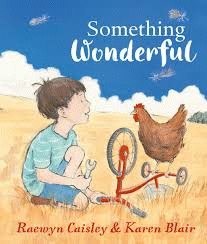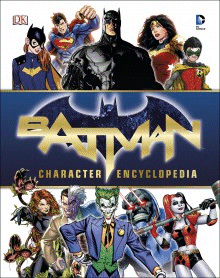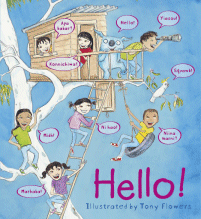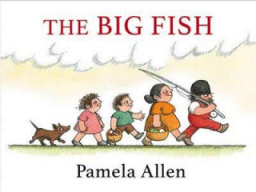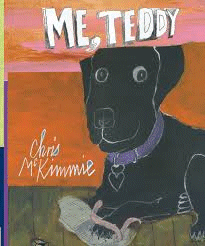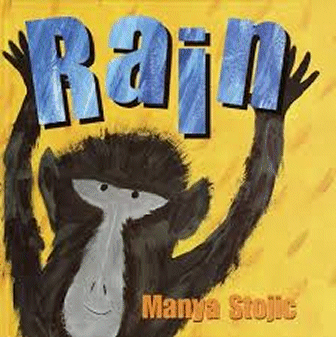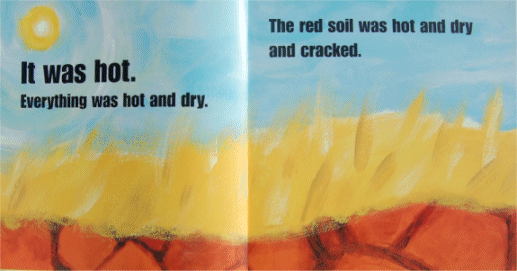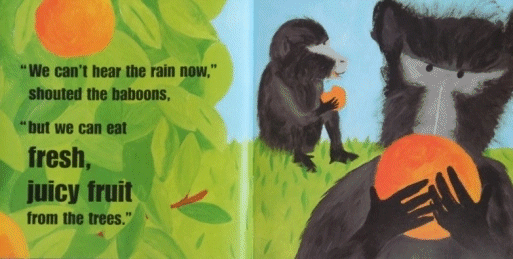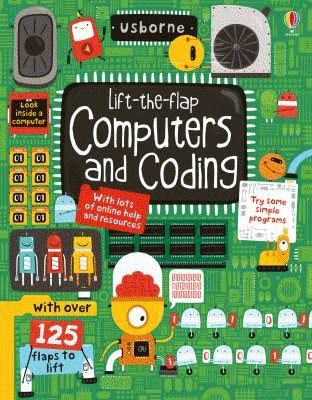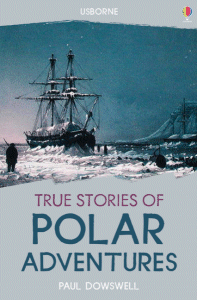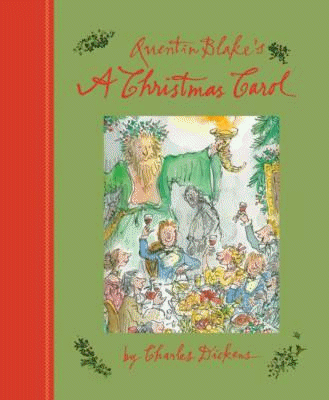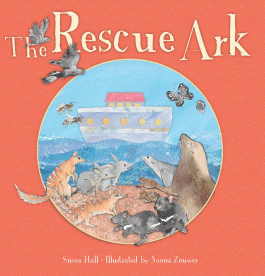Something Wonderful
Raewyn Caisley
Karen Blair
Viking, 2016
32pp., hbk., RRP $A24.99
9780670078455
Sam lives in the country – way out in the country where the air is fresh and clean and he and his dog have room to run and chase feathers, climb trees, spin around on the Hills Hoist and build things from all sorts of old stuff lying around. Pulling things apart and putting them back together is what he loves best – so much so that he sometimes forgets his chores like feeding the chooks, collecting the eggs and making sure the goat is in its paddock. This frustrates his dad who thinks he should be more focused, but his mum understands and knows that his distractedness mean a brain is very busy at work. For all that he seems to be playing, Sam is learning, learning, learning…
One day while chasing a shadow across the paddocks it starts to rain and after momentarily stopping to think whether a raindrop is round, Sam makes a dash for shelter in the shed. And in the shed are all the bits and pieces that Sam needs to make …something wonderful.
Raewyn Caisley and Karen Blair have once again combined to create something wonderful, their first since the delightful Hello from Nowhere . The book is dedicated to the real-life Sam who now “works at a famous university in Europe, where he is trying to work out what is in-between the smallest things” and demonstrates that his mum was right – all that pulling apart and putting together, the curiosity, the wondering of it all was just the lead up to what he is doing now. So even though not all tinkerers will end up at “a famous university” those makerspaces we offer in city libraries could just be the breeding ground for a new Sam as they play and plan and dream… Just as Sam learns about pulling and pushing and pulleys (in the most hilarious way ever) so too could one of our students albeit it in a more artificial situation.
Karen Blair’s illustrations are superb – you can feel the wind in your face and breathe the fresh country air, sense dad’s frustration and Sam’s sense of wonder – they are as wonderful as that which Sam creates. The final textless page and endpapers are divine!
Threaded throughout the joy in this story (which shines through like a mother’s love) is a powerful message about the importance of play and discovery. THIS is what childhood is about – not academic competition and grades and being ICT savvy. Academic things should just be the means to an end – the vehicle on which children can make their own discoveries as they explore and explain and not only make sense of their world but make it better.
A very serious contender for my favourite book for a while.
